Maintaining your car’s tires is one of the most important aspects of vehicle safety. Tires are the only part of your car that touches the road, so they play a critical role in how your car handles and performs. One of the key aspects of tire maintenance is knowing how often to change tires. This article will guide you on how often to change your tires and the factors that influence tire lifespan.
General Guidelines for Tire Replacement
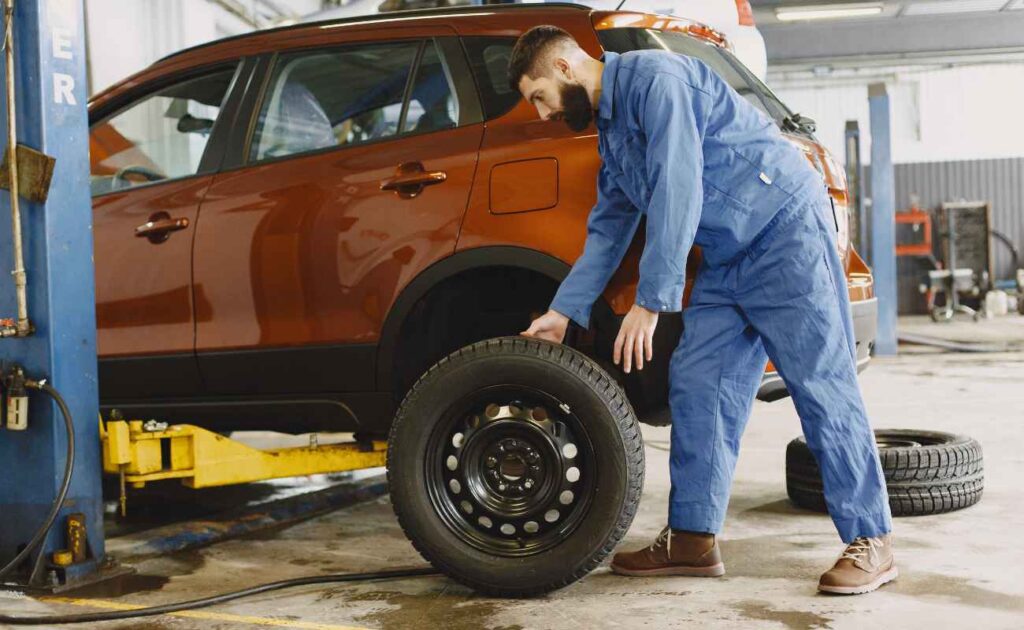
A common guideline for tire replacement is every 6 years or 50,000 miles, whichever comes first. However, this is just a general recommendation and might not apply to every vehicle or tire type. Tire manufacturers usually provide specific recommendations for their tires, which can be found in your vehicle’s owner’s manual or on the tire itself.
These recommendations are based on extensive testing and should be followed to ensure your safety.
Factors Influencing Tire Lifespan
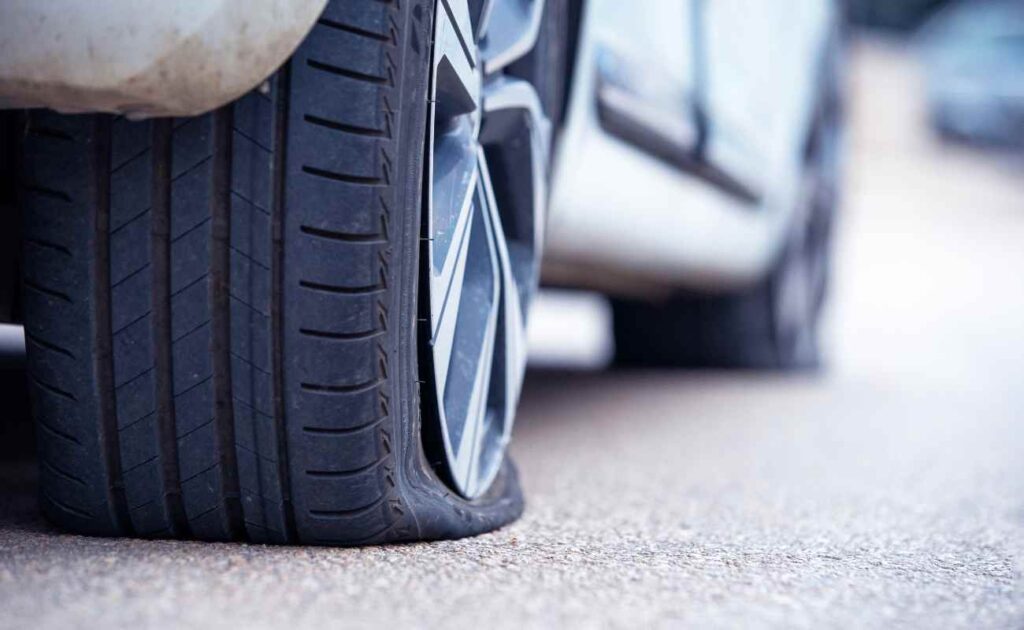
The lifespan of your tires depends on several factors, including the type of tire, driving conditions, driving habits, and how well the tires are maintained.
Tire Type
Different types of tires are designed for different purposes and have varying lifespans. For example, all-season tires are designed to last longer and perform well in a variety of conditions, making them a popular choice for many drivers. Winter tires, on the other hand, are made from softer rubber to provide better grip in cold conditions but may wear out faster if used year-round. Performance tires, which are designed for speed and handling, typically have a shorter lifespan due to their softer rubber compound.
Driving Conditions
Where and how you drive can greatly affect how long your tires last. Driving in urban areas with stop-and-go traffic puts more stress on your tires, leading to faster wear. Rural driving on rough or unpaved roads can also cause your tires to wear out more quickly. Additionally, weather conditions such as extreme heat, cold, or rain can impact tire wear. For instance, driving in hot climates can cause the rubber in tires to degrade faster, while cold weather can make tires more susceptible to cracking.
Driving Habits
Your driving habits also play a significant role in determining how often you should change your tires. Aggressive driving, such as speeding, hard braking, and sharp cornering, can wear out tires faster. On the other hand, gentle driving can help extend the life of your tires. It’s also important to avoid hitting curbs or potholes, as these can cause damage to your tires and reduce their lifespan.
Tire Maintenance
Regular tire maintenance is crucial for extending the life of your tires. This includes routine tasks such as tire rotation, balancing, and alignment. Tire rotation involves moving your tires from one position to another to ensure even wear.
Balancing helps to eliminate vibrations and ensures that the tire wears evenly. Alignment involves adjusting the angles of the tires so that they are set correctly relative to the car’s frame. Proper tire inflation is also essential; underinflated or overinflated tires can cause uneven wear and reduce tire life.
Signs It’s Time to Change Your Tires
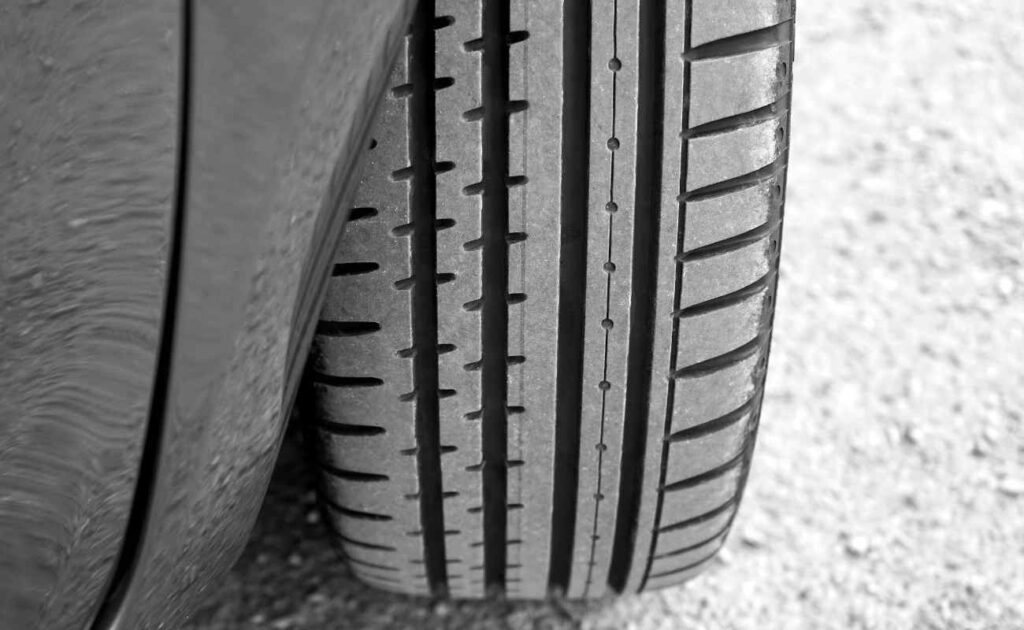
Even if you follow all the guidelines for tire maintenance, your tires will eventually need to be replaced. Knowing the signs that it’s time to change your tires can help you avoid potential safety hazards.
Tread Wear Indicators
Most tires come with tread wear indicators, which are small bars of rubber located between the tread patterns. When the tread wears down to the level of these indicators, it’s a clear sign that your tires need to be replaced. A simple way to check tread depth is the penny test: insert a penny into the tread with Lincoln’s head facing down. If you can see the top of Lincoln’s head, the tread is too worn, and the tires should be replaced.
Cracks and Bulges
Inspect your tires regularly for cracks in the sidewalls or bulges on the surface. Cracks can indicate that the rubber is breaking down, which can lead to a blowout. Bulges are usually a sign of internal damage, possibly caused by hitting a curb or pothole, and they can also lead to a blowout if not addressed.
Uneven Tread Wear
If you notice that the tread is wearing unevenly across the tire, it could be a sign of alignment issues or improper inflation. Uneven wear can reduce traction and handling, making it unsafe to continue driving on those tires.
Vibration While Driving
If you feel excessive vibration while driving, it could be a sign that your tires are out of balance or have an alignment issue. Vibration can also indicate that the tires are worn unevenly or that there is internal damage. If you experience this, it’s best to have your tires inspected by a professional to determine whether they need to be replaced.
The Risks of Delayed Tire Replacement
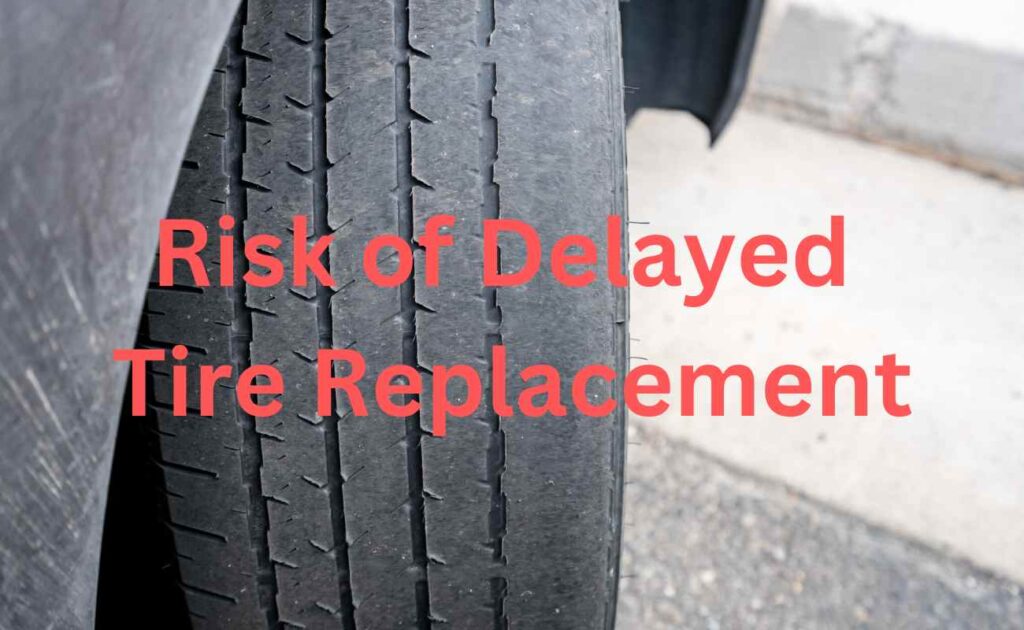
Delaying tire replacement can lead to several risks, including safety hazards, reduced fuel efficiency, poor vehicle handling, and a negative impact on the environment. Worn-out tires have less tread, which means less grip on the road. This can increase your risk of hydroplaning on wet roads or losing control of your vehicle, especially in emergency situations.
Tires with worn treads also tend to have higher rolling resistance, which can reduce your vehicle’s fuel efficiency, increase your fuel costs, and contribute to greater environmental harm due to higher emissions. Additionally, driving on old or damaged tires can make your car handle poorly, leading to a less comfortable and more dangerous driving experience.
Tire Maintenance Tips to Extend Tire Life
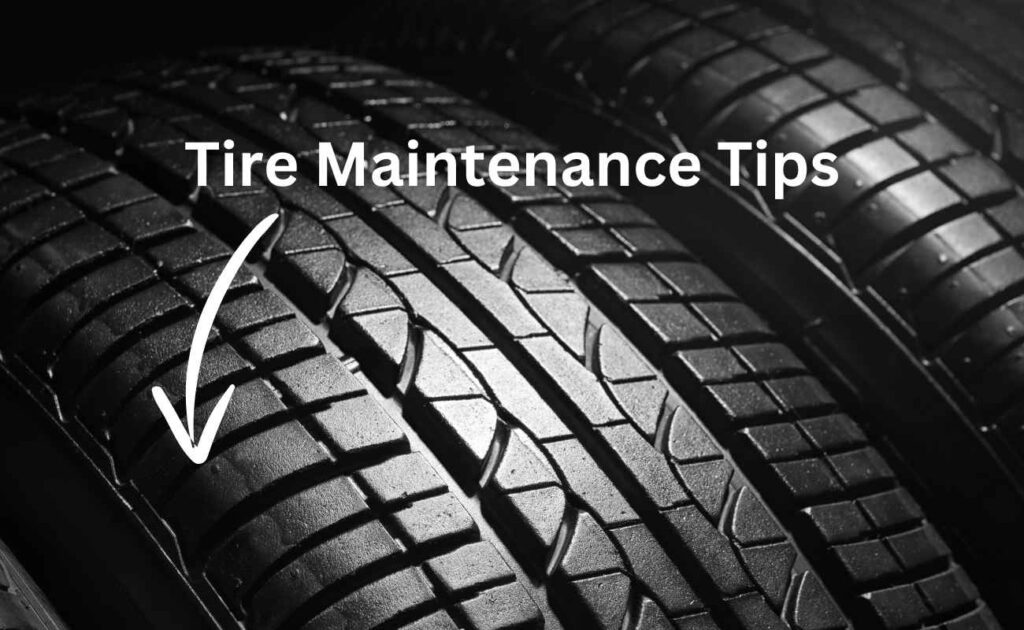
While it’s inevitable that you’ll need to replace your tires eventually, there are several steps you can take to extend their lifespan and get the most out of them.
Regular Inspection and Maintenance
Make it a habit to inspect your tires regularly for signs of wear and damage. Rotate your tires every 5,000 to 8,000 miles to ensure even wear, and have your alignment and balance checked during routine maintenance.
Proper Tire Storage
If you use different tires for different seasons, such as winter and summer tires, be sure to store the off-season tires properly. Store them in a cool, dry place, away from direct sunlight and heat sources. Stack them horizontally if they’re not on rims, or vertically if they are on rims.
Using the Right Tires for the Season and Conditions
Using the appropriate tires for the season and driving conditions can also help extend tire life. For example, using winter tires in cold weather and all-season tires in moderate climates will ensure that your tires perform at their best and last as long as possible.
Conclusion
Changing your tires at the right time is crucial for your safety and the performance of your vehicle. By following general guidelines, paying attention to the factors that influence tire lifespan, and being aware of the signs that it’s time for a replacement, you can help ensure that your tires are always in good condition. Regular tire maintenance and using the right tires for your driving conditions will also help extend the life of your tires, saving you money and keeping you safe on the road.






GIPHY App Key not set. Please check settings